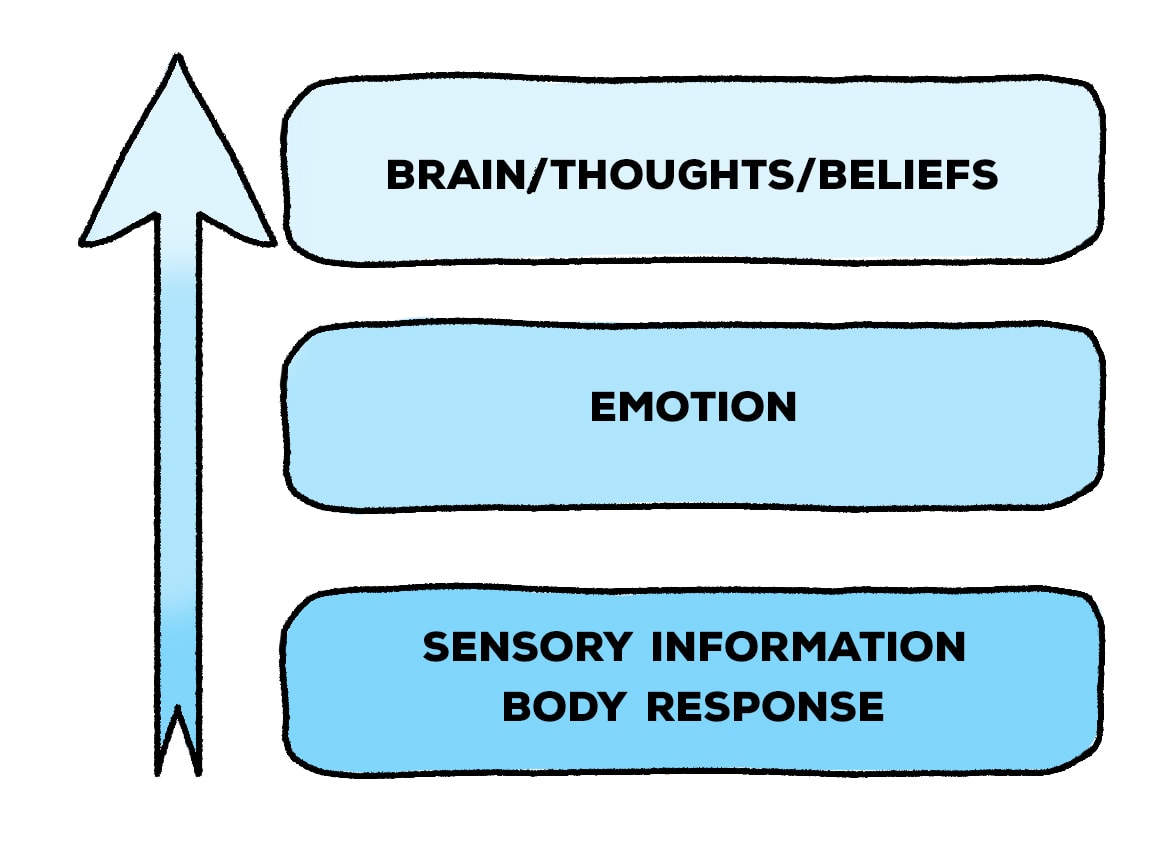Bottom-up processing refers specifically to information processing in which stimuli are processed starting from the bottom. It begins with tiny details, and progresses up to more complex ideas. This is distinct from top-down, which involves forming an overall impression before seeking evidence to support the notion. When we look at a street, a city may initially form an impression that the area is chaotic, noisy and packed. They might look for certain indicators to confirm this idea, such as people pushing across the street or hearing traffic sounds coming from nearby cars.

Bottom-up processing is more dependent on data, analytical and has been extensively studied with regard to cognitive tasks such as perception and memory. However, it is also able to play a crucial role in other areas of our lives, such as the process of making decisions or in creative pursuits such as design or art. When used strategically and appropriately in the right way, bottom-up processing can lead to improved solution-finding and more insightful insights into difficult situations. Thus, despite its somewhat negative connotations within academic circles Bottom-up processing can be extremely helpful in understanding the world around us as well as our own inner workings.
The intricate brain is at the heart our thoughts of actions, choices and even decisions. These intricate brain processes play an an important role in everything, from memory and intelligence to mood and behavior. One particularly important mechanism that has been found to influence how the brain functions is known as bottom-up processing. Bottom-up processing refers specifically to the way information is processed starting with the individual nerve cells as well as moving through interconnected neural pathways. This ultimately affects the higher cognitive functions such as attention and perception. This process has been shown to be significant in affecting memory and learning. However, it could also be helpful in the treatment of conditions such as schizophrenia or Alzheimer’s. Therefore, by understanding the mechanisms of bottom-up processing, we may be able to unravel some of the mysteries underlying brain function and pave the way for new and powerful tools for neuroscience and health.
Bottom-up Processing refers to the way that our brain process information. The top-down process is focused on integrating prior information and beliefs into the process of learning. Bottom-up processing is dependent on the input of raw data. By focusing on the individual components of learning, from basic vocabulary and sounds, to complex concepts and concepts, bottom-up learning has been proven to be an extremely efficient method to all learners.
Bottom-up processing has one major benefit: it allows us to step back and examine each aspect of the information we come across. This keeps us active and eager to learn new concepts, enhance existing ones, or recognize possible areas for improvement. In order to better understand the data, we could be able to highlight the ways in which they connect through logical chains and networks. Ultimately, by taking part in bottom-up processing we will become better at learning and better communicators overall.
For more information, click Practical Psychology